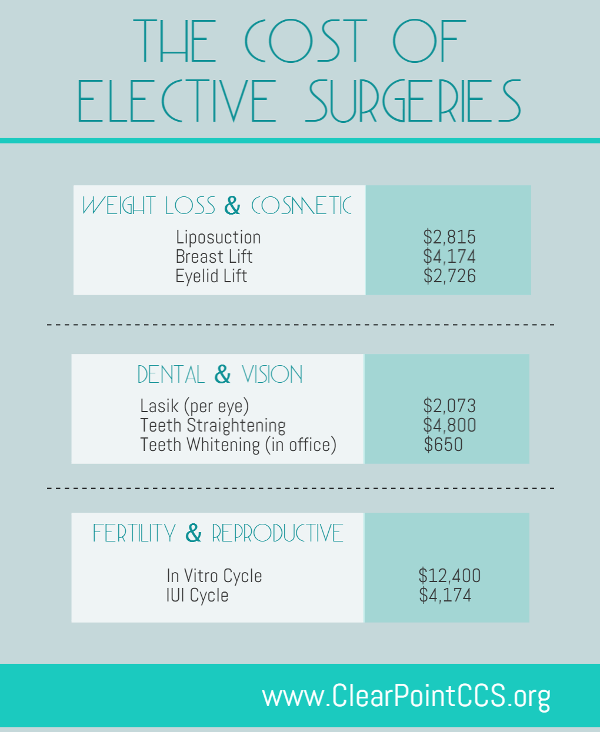How To Find The Right Sunscreen For Acne
How To Find The Right Sunscreen For Acne
Blog Article
Acne Therapy - What Are AHAs in Acne Therapy?
AHAs are a vital active ingredient for unclogging pore obstructions and lightening up acne-prone skin. They function by breaking down dead skin cell build-up to promote more recent, fresher cells, and protecting against future obstructions.
Formulating topical AHAs necessitates careful focus to numerous key elements that dramatically influence their efficacy and tolerability. Preserving the optimum pH array, along with vehicle choice and focus, intensifies their exfoliative attributes while reducing prospective negative responses.
Glycolic acid
Glycolic acid is recognized for its mild yet effective exfoliating homes, which advertise skin's all-natural losing and loosen up the "adhesive" that holds dead cells on the surface of the skin. This helps unclog pores and reduce the appearance of fine lines and creases, as well as improve overall skin structure and tone.
Surprisingly, topical glycolic acid has actually additionally been revealed to boost the production of collagen, which is critical in maintaining skin's firmness and elasticity. It is essential to keep in mind, however, that because glycolic acid can stimulate the skin's sensitivity to sunlight, it is necessary to use sun block when utilizing any type of items including this active ingredient.
Skin doctors pay mindful focus to the solution of items having AHAs in order to maximize their efficiency and tolerability. Creating AHAs with the ideal lorry, in addition to pH and focus factors to consider, allows for optimal skin infiltration while decreasing possible adverse responses. This is specifically critical for people with delicate skin, since AHAs are known to be gently bothersome.
Lactic acid
Lactic acid is discovered in several non-prescription skin treatment products and some stronger specialist peels and treatments. It has the most affordable molecular weight of all the AHAs and has the ability to pass through much deeper into the skin, where it is more efficient at unclogging pores and exfoliating.
Like glycolic acid, it also stimulates collagen synthesis, which helps lessen great lines and wrinkles and improve skin structure. Additionally, it has moisture-retention residential or commercial properties, which makes it preferable for drier skin kinds than various other AHAs.
The substantial body of medical data substantiating the efficiency of topical AHAs sustains their energy in a wide range of skin-related ailments and visual worries. These consist of elaborate skin rejuvenation treatments, depletion of fine lines and creases, lightening of hyperpigmentation, healing treatment for actinic keratosis, and acne administration [2] Optimizing the formulation of AHAs by stabilizing pH, focus, and vehicle choice even more enhances their healing capacity. These careful factors to consider enable skin doctors to supply risk-free and effective treatments that provide premium scientific results.
Mandelic acid
Mandelic acid, derived from almonds, is one more member of the AHA family and is a preferred active ingredient in products that help deal with acne. Its larger molecular size suggests it passes through the skin a lot more slowly and delicately, which can minimize the capacity for inflammation. It's also much less most likely to set off redness and various other skin sensitivity issues, making it ideal for sensitive skin types.
Mandelic Acid is believed to help reduce swelling and increase hydration. It works by loosening up the bonds between dead skin cells, allowing them to lose and expose fresher-looking skin. It also helps botox for tmj in reducing the appearance of bigger pores.
Developing topical products with AHAs calls for an accurate equilibrium of essential elements that significantly affect their efficacy and tolerability. Particularly, the pH of an AHA formula has been revealed to play a vital role in its capacity to advertise exfoliation and improve complexion and texture. Accomplishing this optimal focus is a challenging objective and needs thorough interest to the different variables that affect the solution process.
Citric acid
Citric acid, found in citrus fruits such as oranges and lemons, is a moderate AHA. It's much less bothersome than glycolic or lactic acid, making it more suitable for delicate skin. It also has astringent residential properties, aiding to dry out excess oil.
Like various other AHAs, citric acid can be used in chemical peels and everyday active/maintenance therapies to scrub the skin and promote cell turn over. It can help reduce the appearance of dark places and hyperpigmentation, as well as great facial lines.
It can likewise raise the synthesis of glycosaminoglycans, which play an essential duty in strengthening the skin obstacle feature. This helps to avoid trans-epidermal water loss, and preserve optimum hydration levels in the skin [35]
AHAs can be integrated with comforting ingredients such as ceramides or hyaluronic acid to enhance their tolerability. They can be included into everyday active/maintenance skin care with lotion or serum formulations. This enables practitioners to tailor their AHA therapies based upon individual needs and preferences, with the adaptability of choosing from different therapy strengths or concentrations.